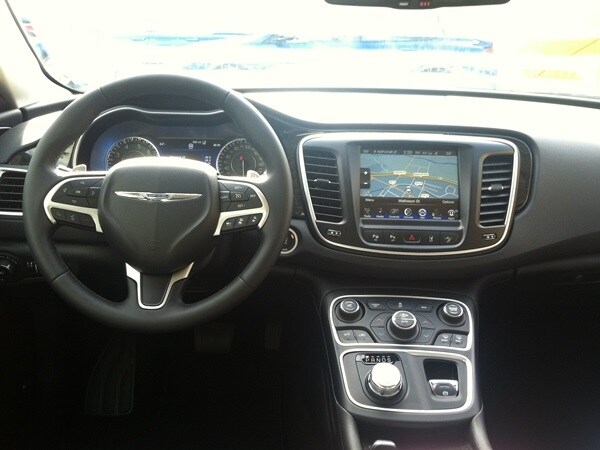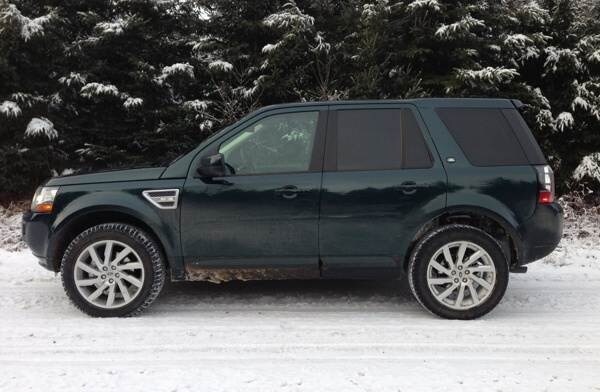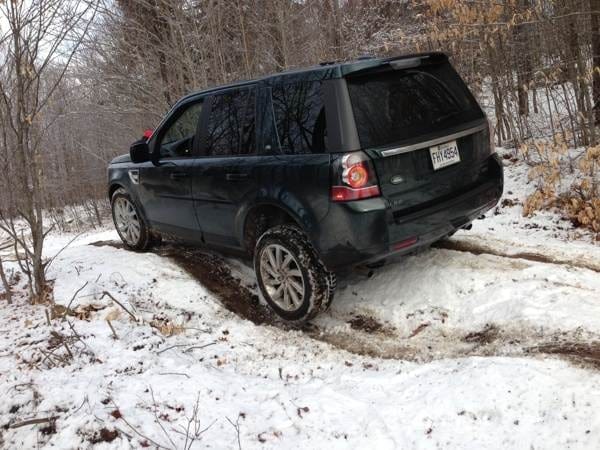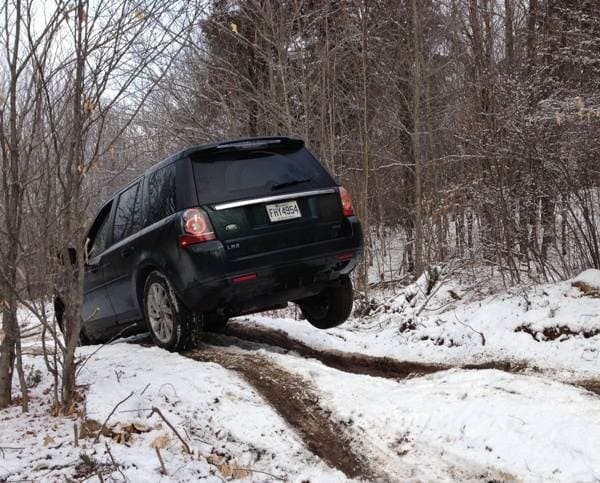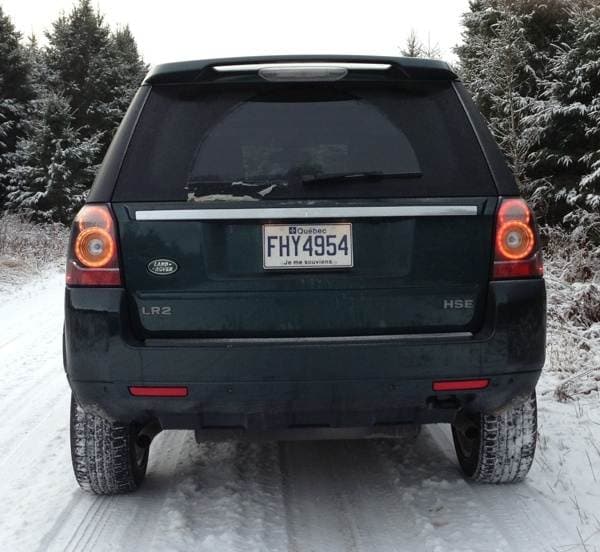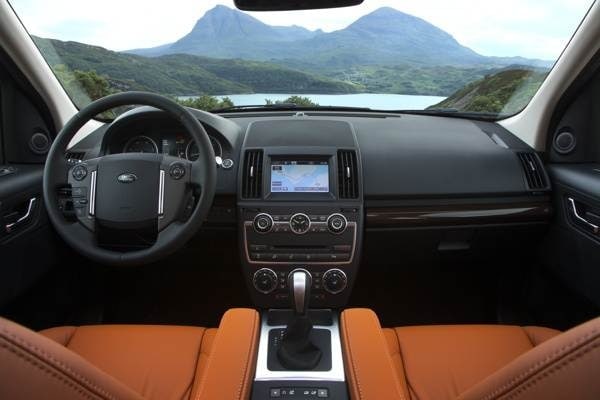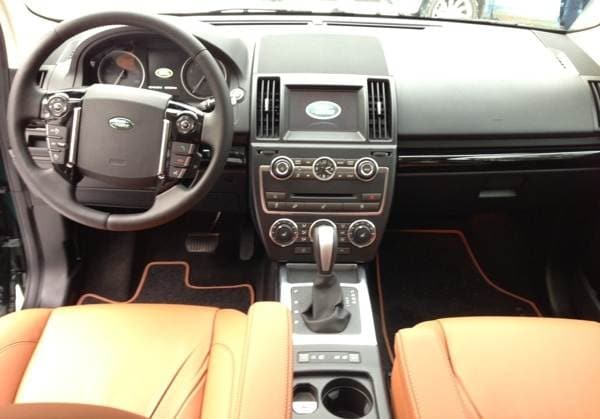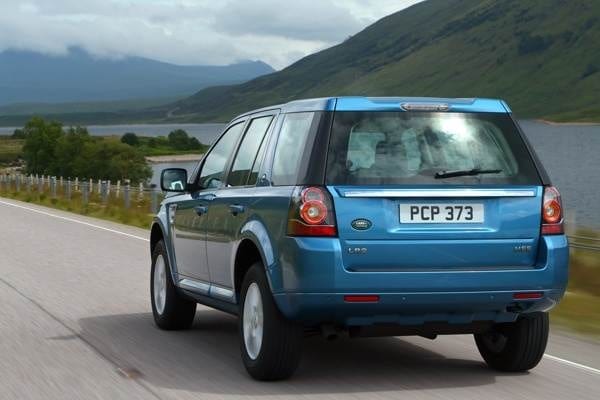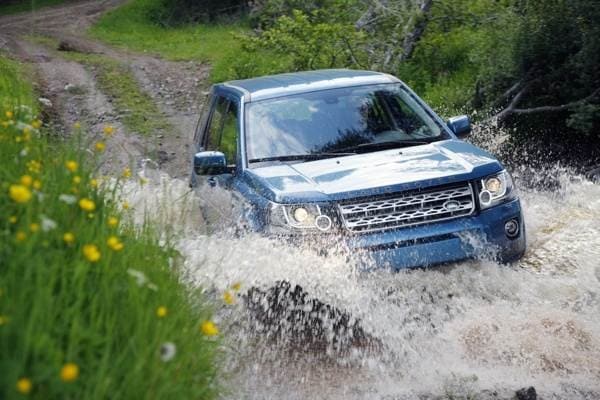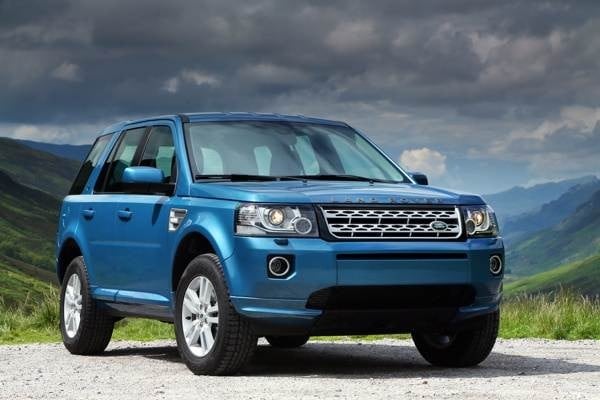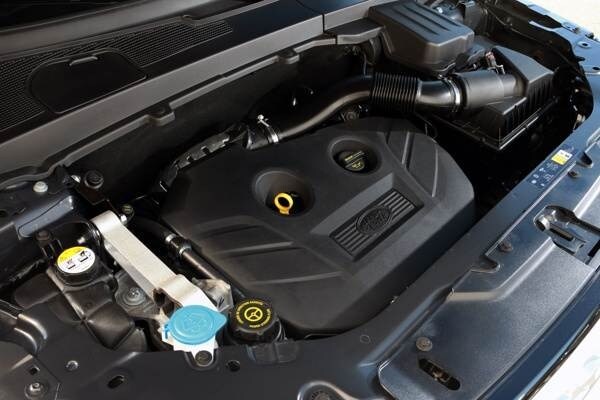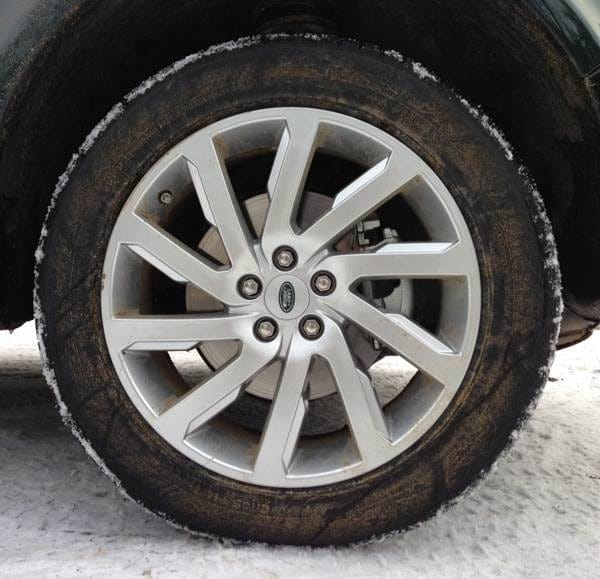With the stylish and highly capable Range Rover Evoque hogging the lion’s share of the limelight, it’s easy to overlook the entry-level Land Rover LR2. To direct some attention away from its scene-stealing stablemate, the LR2 is treated to a number of meaningful upgrades for the 2013 model year. Were these revisions significant enough to put the LR2 back on the map? Considering its well-entrenched rivals like the BMW X3, Mercedes-Benz GLK-Class and Audi Q5, the revamped LR2 is definitely a step in the right direction.
Although it takes a keen eye to identify the cosmetic alterations, the new 10-spoke wheel design, restyled upper grille, and front and rear LED lighting accents succeed in providing the 2013 LR2 with a more contemporary appearance while still retaining much of its classic styling cues.
Inside is where the real story begins, as an all-new dash layout fitted with high-quality materials replaces the terribly outdated setup of the previous LR2. The centerpiece of this new cockpit is a newly standard 7-inch touch-screen display, which serves as a multipurpose interface for most audio and vehicle functions as well as navigation on vehicles so equipped. Thankfully, the 2013 Land Rover LR2 shuns the fussy on-screen climate controls found in the up-market Range Rover in favor of a more traditional, user-friendly setup comprised of physical buttons.
Gone is the previous model’s normally aspirated inline-6; in its place is a more powerful 2.0-liter turbocharged 4-cylinder, the same engine found in its younger sibling, the Range Rover Evoque (and newer Ford vehicles like the Escape and Fusion). The new 240-horsepower mill combined with the carryover 6-speed automatic propels the new LR2 from 0-60 mph in a respectable 8.2 seconds.
In terms of off-road performance, the broad power curve and smooth throttle response made negotiating slippery obstacles a cinch. And unlike the former powerplant, the new turbocharged 4-cylinder offers the right amount of low-end torque for passing and merging. Official EPA ratings have yet to be determined, though Land Rover anticipates a 1-2 mpg bump in highway fuel economy from the powertrain improvements.
The LR2’s long-standing shortage of in-vehicle technology has also been addressed. The updated instrument cluster incorporates a new 5-inch multi-information display, while the navigation system undergoes a substantial overhaul aimed at improving both usability and processing speed. Specifically, navigation enhancements consist of a new hard-drive storage system (replacing the antiquated DVD-based unit), traffic guidance and next-generation voice-recognition software. A few hours of hands-on experience left us with mixed emotions. While the new navigation features are certainly a welcome addition, destination entries and POI searches employ the same overly complex menus and graphics as before. Similarly, the expanded list of voice commands are more useful than in previous iterations, but lack the simple one-shot functionality found in most competitor systems.
In terms of ride quality, the chassis, suspension and 4-wheel-drive system are left untouched for the 2013 model year, a move we stand behind given the outgoing model’s civilized road manners.
The increased level of standard equipment results in a modest $700 price hike for the 2013 Land Rover LR2. It’s worth noting that despite the inflated sticker price, the LR2 still undercuts the Evoque by roughly $4,700.

